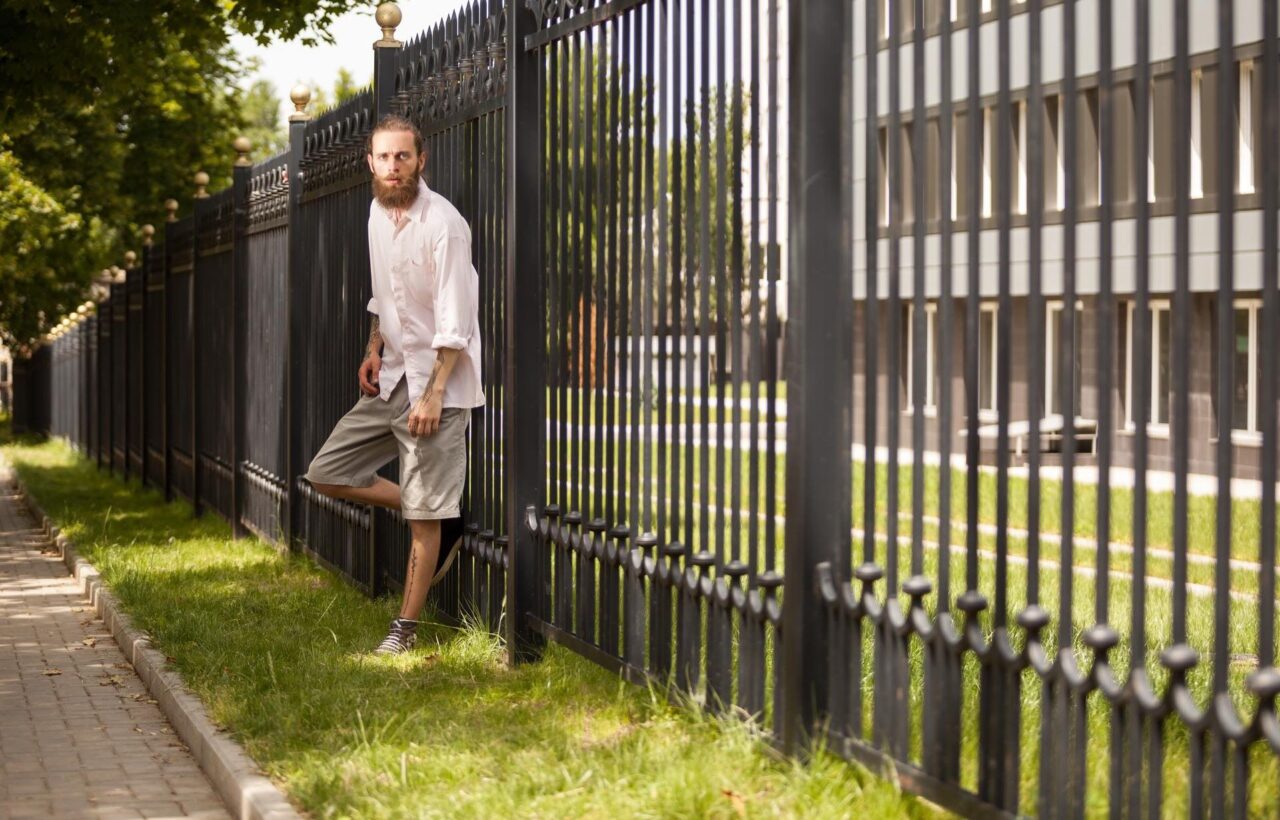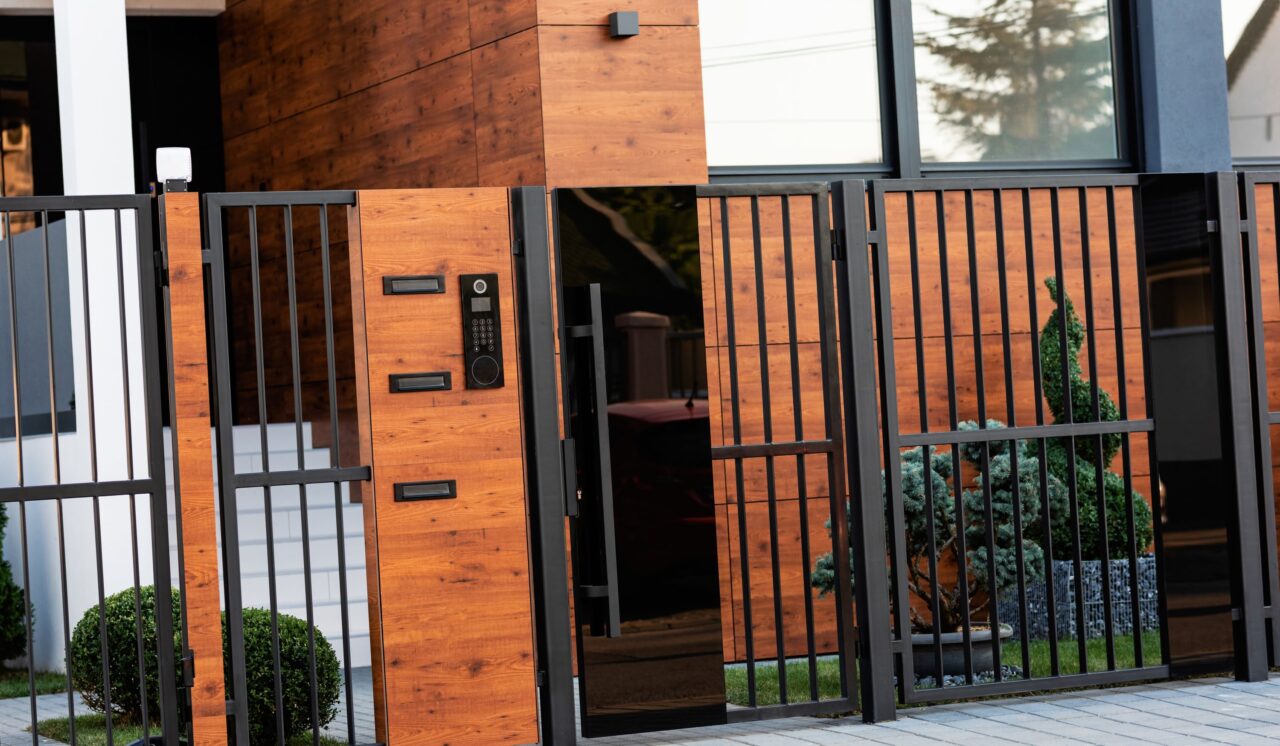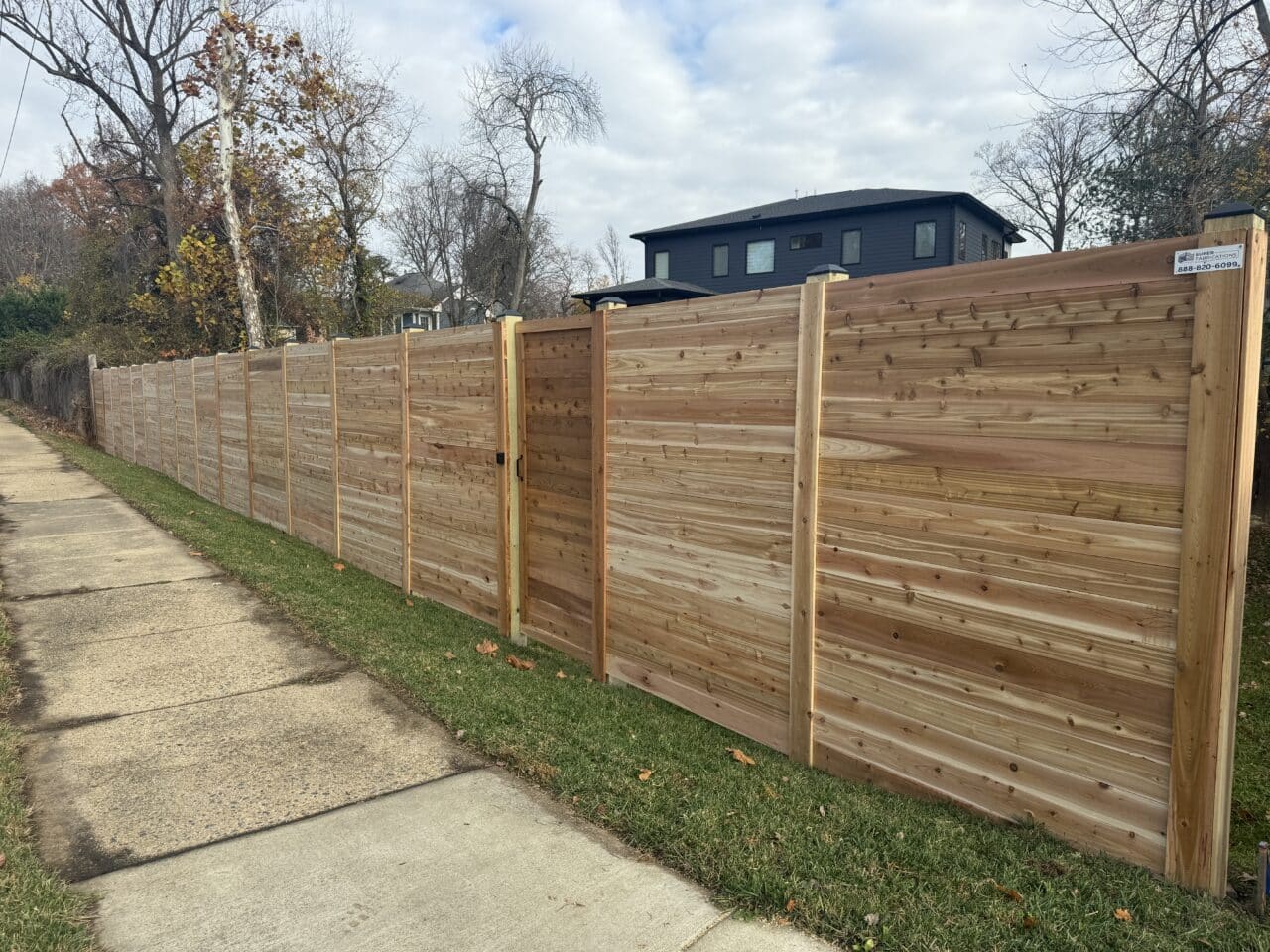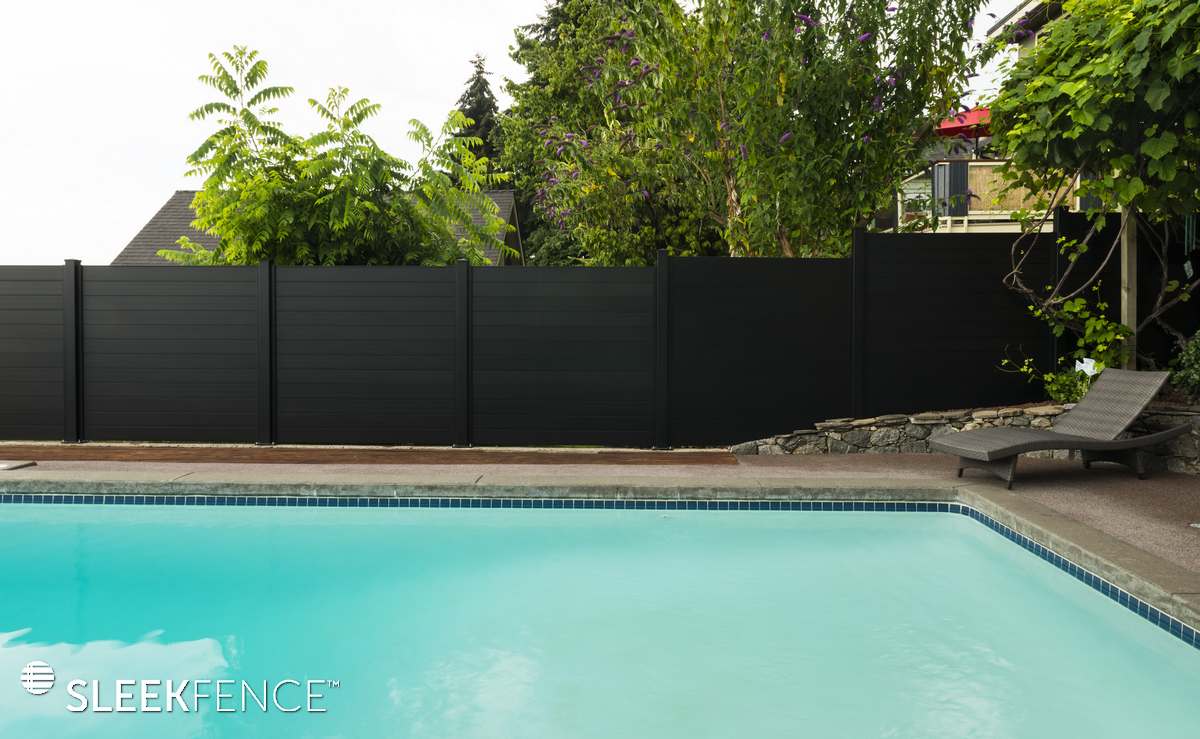Introduction to Durable Residential Fencing
A residential fence is crucial for your home, looks and value. By using good quality materials and proper installation you can have a fence that stands the time – resisting daily wear and tear and looking good. Whether you want to boost security, privacy or add a touch of style to your landscaping, a durable fence is a practical long term solution for homeowners. This guide will take you through the key considerations for choosing, installing and maintaining a residential fence that gives you protection and curb appeal.
Key Benefits of Investing in Long-Lasting Fencing
Residential fencing isn’t just about a barrier around your property its about investing in a long term asset that will increase your home’s value and appeal. Here are the benefits:
- More Security: A good fence adds an extra layer of protection to deter intruders and keep your family and belongings safe.
- Better Curb Appeal: Long lasting fencing gives you a polish look that increases your home’s attraction.
- Less Maintenance: High quality materials like vinyl, steel and some wood types need less repairs over time and save you money.
- Long Term Value: By choosing durable materials you’re making a cost effective decision that will extend the life of the fence and give you a higher return on investment.
- More Privacy and Comfort: A sturdy fence shields your outdoor areas from prying eyes and gives you and your family a private and comfortable space to relax.
Most Common Durable Fencing Materials
When looking for a fence that can withstand the elements, vinyl is often the go-to because it doesn’t warp, rot or get eaten by insects. It requires minimal upkeep and looks clean and modern. Metal fences – especially those made from aluminum or steel – are popular for their strength and low maintenance.
Aluminum resists rust and is lighter so it’s easier to install, steel offers more security and longevity. Wood is a classic favorite because of its natural charm but not all wood is created equal. Cedar and redwood have natural oils that help them resist decay and with proper sealing or staining these can last for many years.
Composite fencing is another up and coming option. Made from a blend of wood fibers and plastic it looks like natural wood without the maintenance.
Chain link fencing isn’t always the most stylish but is very durable and budget friendly so it’s a good choice for homeowners who prioritize longevity and function. No matter which material speaks to your style or budget focus on quality and proper treatment and your fence will be strong and looking good for years to come.
Choosing the Right Style for Your Home
Choosing a fence style is all about balance between personal taste, the style of your house and the function you want the fence to serve. For a modern house with clean lines, aluminium or vinyl will keep it modern. Traditional or rustic houses look great with wood or composite with a natural finish that matches the surroundings.
When choosing a colour palette think about how the fence will sit with the existing trim, landscaping and exterior paint. A good style will frame your outdoor space beautifully and enhance the front of the house so the fence feels like an extension of your property not an after thought.
Maintenance and Care Tips for Maximum Longevity
Regular maintenance is the key to extending the life of your fence. Simple things like rinsing away dirt and debris prevents build up that can rot or rust. In areas of heavy rain or humidity you should reseal or paint every now and then to keep your fence moisture damage free.
For wood fences apply a weatherproof finish or stain to prevent warping and cracking. Check for loose parts, rust spots or any signs of insect damage and address them before they get worse.
Being proactive with simple maintenance not only keeps your fence looking great but also preserves the overall look so you can enjoy long term durability and a clean look that matches your home’s exterior.
Balancing Security, Privacy, and Curb Appeal
You can have security without sacrificing style or privacy. Pick the right materials, height and design and you can have a barrier that keeps out intruders and looks good. A fence with minimal gaps and closely spaced pickets is more private, an ornamental metal fence is more open if you like an open look.
Adding self latching gates or extra height can add another layer of security and thoughtful landscaping can soften the fence so it doesn’t feel imposing. When you balance all this you’ll have a fence that feels like part of your home – security, seclusion and a beautiful face.
Installation Options: DIY vs. Professional
Whether to do it yourself or hire a pro depends on your budget, time and how much expertise you have. Doing it yourself will save on labor and give you a sense of accomplishment but requires planning, special tools and willingness to handle unexpected challenges like uneven terrain or tricky property lines.
Professionals bring experience that can speed up the process and avoid common mistakes, from getting permits to making sure the fence is level, sturdy and code compliant.
Hiring a pro costs more upfront but their craftsmanship and efficiency will give you a fence that looks great and lasts for years to come.
Comparing Costs and Return on Investment
Fencing costs vary greatly depending on materials, labor rates and size of property. While premium options like steel or cedar may be more upfront cost, they will pay off in lower maintenance and longer life. Sometimes choosing cheaper materials means more repairs or replacements which can add up over time.
From a resale perspective homes with sturdy, well maintained fences attract buyers who appreciate the extra privacy, security and curb appeal. By weighing the upfront cost against the long term benefits – fewer repairs, higher property value and overall peace of mind – you can feel good a durable fence is a smart financial decision in the long run.
Common Mistakes to Avoid When Selecting a Fence
Don’t rush into a fencing project without doing your homework. One of the biggest mistakes is choosing a material based on price and not durability and maintenance. Omitting the permit process or ignoring local zoning laws will get you fined or having to remove or move your fence altogether.
Not addressing slopes, soil conditions or your climate will shorten the life of your fence. And not talking to your neighbors or accurately surveying your property lines will create disputes and stress.
By taking the time to plan, verify and invest in quality materials for your environment you can avoid all these and have a fence that truly compliments and protects your home.
Final Thoughts and Recommendations
A good residential fence is more than a boundary – it’s a long term investment in security, privacy and property value. By choosing the right materials for your local climate, planning before you install and maintaining regularly you can have a fence that is functional and looks great for years to come.
Remember to consider your home’s style, neighborhood regulations and budget constraints to find the balance of style and practicality. With the right amount of research, planning and maintenance a good fence can add curb appeal to your home and give you long term peace of mind.





